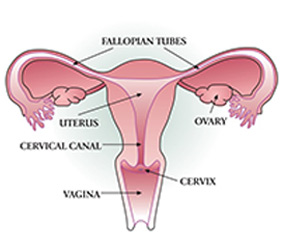Treatment for ovarian cancer will depend on:
- the type of cancer
- the stage of cancer
- which treatments and services the person chooses to have
Treatments may include:
- surgery
- drug therapy (chemotherapy)
- radiation therapy
- other treatment options
- clinical drug trials
To learn more about types of ovarian cancer treatment, visit the Canadian Cancer Society.
Drug Therapy Information
You can learn more about specific cancer drugs using our patient information sheets. These provide information about cancer drug therapies, including what they are used for and how to manage side effects. To find patient information sheets, go to the Drugs page.
You can also see About Chemotherapy for general information about cancer drug therapy.
Quitting Smoking Can Help Your Treatment
It’s never too late to quit smoking. Whether you are scheduled to have surgery, radiation treatment or chemotherapy, quitting smoking can help your treatment work better. It also can reduce the chance of your cancer coming back or getting another form of cancer. For more information and resources, see Benefits of Quitting Smoking for People with Cancer.
Managing Symptoms and Side Effects
People with cancer may have symptoms related to their cancer or as a side effect of treatment.
Our symptom management guides explain:
- how to recognize symptoms
- what to do and what not to do
- when to contact the person’s healthcare team
The guides are available for patients and for healthcare providers. Each patient guide also comes with links to helpful resources like courses, books, videos and worksheets.
Our side effect information sheets offer tips for people going through side effects from chemotherapy treatment.
If you are a person with cancer, please remember that it’s important to discuss any symptoms or concerns with your healthcare team.
Clinical Trials
Clinical trials are scientific studies that test the safety and effectiveness of a medical treatment. Find clinical trials in Canada.
Palliative Care
Palliative care supports people with life-threatening illness and their families. The goal of this care is to relieve suffering so people can have the best possible quality of life. Palliative care should start when a person is diagnosed with a serious illness.
To learn more, go to the Palliative Care page.

